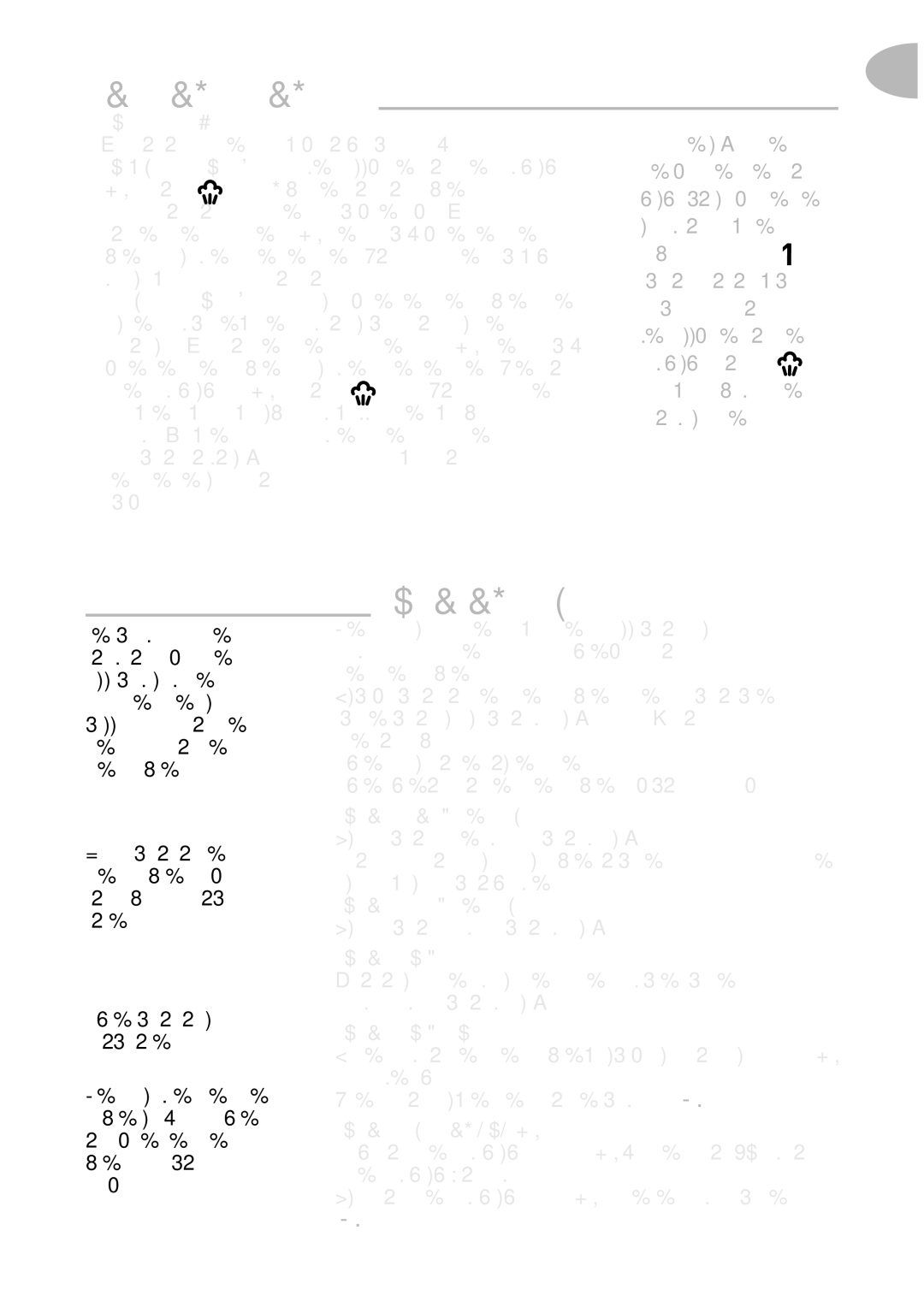
Finishing cooking
To release the steam
•Once the heat is turned off, you have two options:
•Slow pressure release: gradually turn the operating valve
(A) to the ![]() position. Make sure that the cooker is posi- tioned so that the steam is directed away from you. Once the pressure indicator (D) drops down: your pressure coo- ker is no longer under pressure. This is used for stews, ve- getables, meat joints and fish dishes.
position. Make sure that the cooker is posi- tioned so that the steam is directed away from you. Once the pressure indicator (D) drops down: your pressure coo- ker is no longer under pressure. This is used for stews, ve- getables, meat joints and fish dishes.
•Fast pressure release: place your pressure cooker under cold running water, directing the flow onto the metal part of the lid. Once the pressure indicator (D) drops down: your pressure cooker is no longer under pressure. Turn the operating valve (A) to the ![]() position. This is used for soups, rice, pasta, milk puddings, egg custards, cake and pudding mixes, recipes containing rice or pasta and re- cipes with a high liquid content. If in doubt, use the fast pressure release method.
position. This is used for soups, rice, pasta, milk puddings, egg custards, cake and pudding mixes, recipes containing rice or pasta and re- cipes with a high liquid content. If in doubt, use the fast pressure release method.
•Now you can open it.
If foodorliquidstartsto spray out from from the valve while you are re- leasingthesteam,turnit back to position ![]() and switch off the heat, wait a few minutes and then graduallyturntheopera- tingvalvetothe
and switch off the heat, wait a few minutes and then graduallyturntheopera- tingvalvetothe ![]() po- sition, making sure nothing else spurts out.
po- sition, making sure nothing else spurts out.
EN
TR
ES
PT
EL
AR
Browning and scrat- ching that may appear following long periods of use are normal and will not affect the per- formance of the pres- sure cooker
You can wash the pres- sure cooker body and the basket in a dishwa- sher.
Never wash the lid in a dishwasher.
For a longer pressure cooker life: do not over- heat your pressure coo- ker pan when it is empty.
Cleaning and maintenance
Cleaning the pressure cooker
•For best appliance operation, be sure to follow these clea- ning and maintenance recommendations every time the pressure cooker is used.
•Always wash the pressure cooker after use with warm water with a little washing up liquid added. Do the same for the basket.
•Never use bleach or chlorine products.
•Never overheat the pressure cooker body when it is empty.
To clean the inside of the pressure cooker
•Clean it with a scouring pad and washing up liquid.
•If the inside of the stainless steel cooker shows iridescent re-
flections, clean it with vinegar.
To clean the outside of the pressure cooker
• Clean it with a sponge and washing up liquid.
To clean the lid
•Wash the lid under a gentle stream of running warm water using a sponge and washing up liquid.
To clean the lid seal
•After using the pressure cooker, always clean the seal (I) and its groove.
•To refit the seal, refer to the drawings - Fig 9 - 10
To clean the operating valve (A)
•Remove the operating valve (A): Refer to the “Using the operating valve” heading.
•Clean the operating valve (A) under running tap water -
Fig 11
FA
